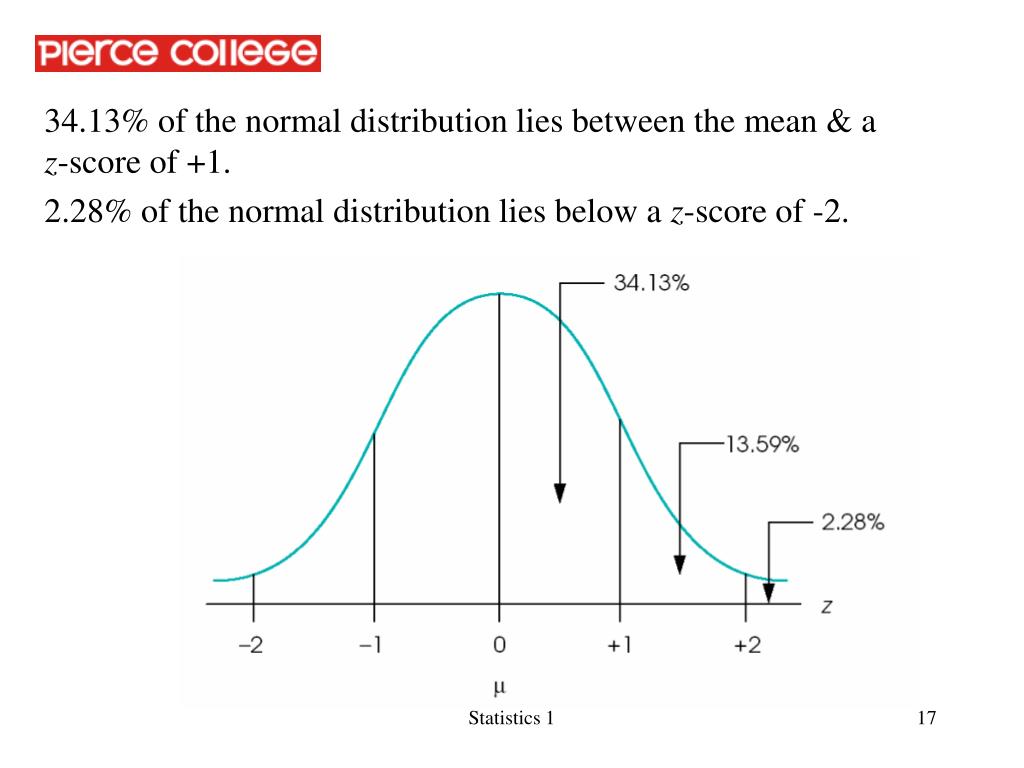

Once the test statistic result is obtained, compare it with the critical value z.When your data follow a normal distribution, the empirical rule is a valuable statistical tool. For more information, read my post, Z-score: Definition, Formula, and Uses. Now, the Z state statistic has to be calculated. Alternatively, you can use z-scores to calculate probabilities and percentiles for data that follow the normal distribution.The Z table has to be employed to define the criticality of Z.Z-score is measured in terms of standard deviations from the mean. Frequently Asked Questions Q1 What does the Z-Score Table Imply The z score table helps to know the percentage of values below (to the left) a z-score in a standard normal distribution. First, the null (H0) and the alternative hypothesis must be stated. Z-score is a statistical measurement that describes a value's relationship to the mean of a group of values.

The following steps should be followed to conduct a Z-test: However, if the distribution variation is unknown and the sample data is below 30, a T-test will prove to be more suitable than a Z-test. For example, the comparison of scores in the SAT vs ACT would be best done using z-scores. If the population standard deviation is unknown, it should be assumed that the sample variance equals the population variance. The z-score is a useful metric for comparing test results between tests of different scales.The standard deviation of the population has to be known. Body mass index z-scores, also called BMI standard deviation (s.d.) scores, are measures of relative weight adjusted for child age and sex.Given a child's age, sex, BMI, and an appropriate.The data must reflect a standard normal distribution.Besides that, they must not overlap with each other. Otherwise, the test statistic results may turn out to be inaccurate. The sample data should always be random.Many non-parametric test statistics, such as U statistics, are approximately normal for large enough sample sizes, and hence are often performed as Z-tests. For example, if you are a 60-year-old female, a Z-score compares your bone density to the average bone density of 60-year-old females. Z-tests are employed whenever it can be argued that a test statistic follows a normal distribution under the null hypothesis of interest. A Z-score compares your bone density to the average bone density of people your own age and gender. Although there is no simple, universal rule stating how large the sample size must be to use a Z-test, simulation can give a good idea as to whether a Z-test is appropriate in a given situation. When using a Z-test for maximum likelihood estimates, it is important to be aware that the normal approximation may be poor if the sample size is not sufficiently large. A z score can be defined as a measure of the number of standard deviations by which a score is below or above the mean of a distribution. If the population variance is unknown (and therefore has to be estimated from the sample itself) and the sample size is not large ( n μ 0, it is upper/right-tailed (one tailed).įor Null hypothesis H 0: μ=μ 0 vs alternative hypothesis H 1: μ≠μ 0, it is two-tailed. Given a child's age, sex, BMI, and an appropriate. Therefore, many statistical tests can be conveniently performed as approximate Z-tests if the sample size is large or the population variance is known. Body mass index z -scores, also called BMI standard deviation (s.d.) scores, are measures of relative weight adjusted for child age and sex. However, the z-test is rarely used in practice because the population deviation is difficult to determine.īecause of the central limit theorem, many test statistics are approximately normally distributed for large samples. Both the Z-test and Student's t-test have similarities in that they both help determine the significance of a set of data. For each significance level in the confidence interval, the Z-test has a single critical value (for example, 1.96 for 5% two tailed) which makes it more convenient than the Student's t-test whose critical values are defined by the sample size (through the corresponding degrees of freedom). A Z-test is any statistical test for which the distribution of the test statistic under the null hypothesis can be approximated by a normal distribution.


 0 kommentar(er)
0 kommentar(er)
